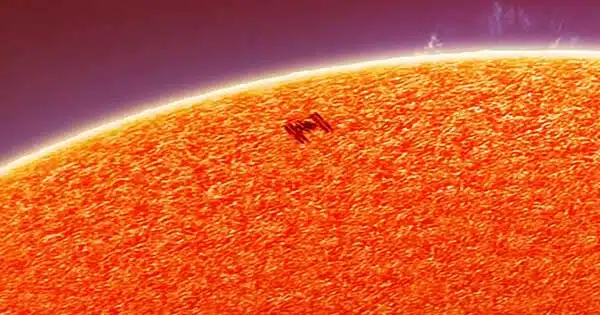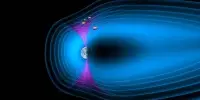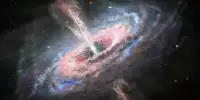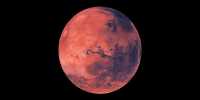Unfathomably enormous, tumultuous, and ferocious is the sun. High-energy radiation is sent into space by it, some of which collides with the International Space Station as it orbits the planet.
The ISS makes 16 orbits around the Earth each day. You can see it passing overhead if you have the correct telescope and are in the right place. The astronaut-manned space laboratory will sometimes fly over the face of the sun for a few fleeting moments.
That fleeting moment was just caught by photographer Andrew McCarthy in a beautiful shot that required 12 hours to create, three telescopes to photograph, and two flat tires along the way. Although it appears to be a single image, it is actually a mosaic of thousands of pictures.
So, can you find the space station in this painting?
The space station is located near a sunspot, which is a patch of the solar surface that looks black because it is cooler than the surrounding area.
“It almost gets lost in the sunspot,” McCarthy said, according to Insider.
The station appears to be on the surface of the sun, but that’s only because it’s so far away from us: 250 miles above Earth.
Still don’t see it? Let’s zoom in a bit.

The space station is simply a shadow against the sun’s seething plasma.
As the sun becomes more active, more ultra-hot material is ejected into space, occasionally toward Earth, in eruptions known as solar flares or coronal mass ejections.
Solar eruptions led the Northern Lights, also known as the aurora borealis, to show as far south as Phoenix, Arizona in March. They can, however, disrupt electrical systems, disrupt radio transmissions, knock satellites out of orbit, confound GPS, and even harm hardware on the space station.
McCarthy did not have any technical troubles as a result of solar eruptions, but he did encounter difficulties in acquiring this shot. It requires a delicate balance of perfect timing, accurate physics, and tenacity.
















